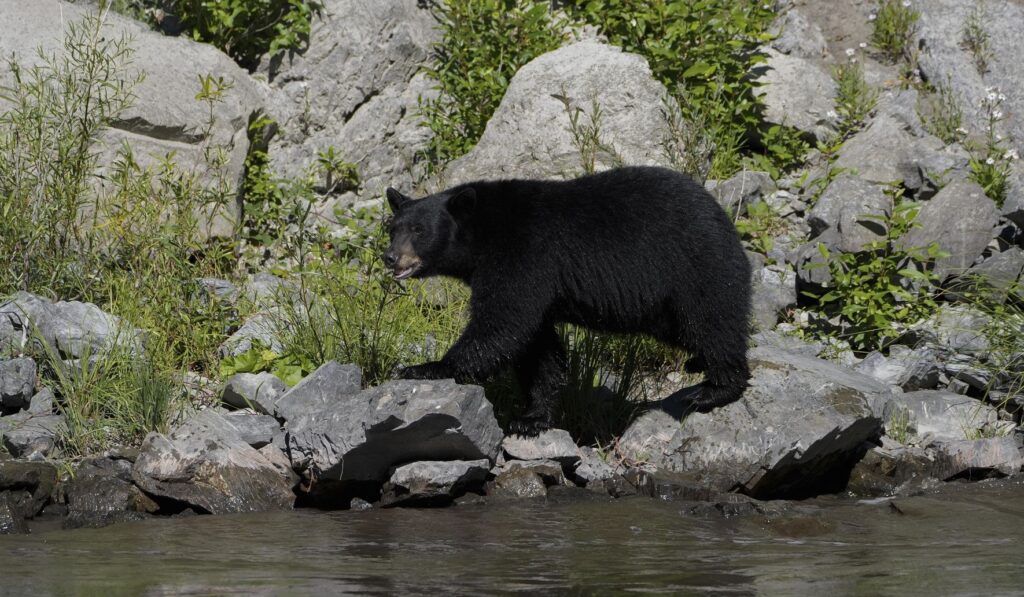Arkansas officials shot and killed a bear earlier this month after linking it to a fatal attack at a campground, but later DNA testing revealed the bear they killed was not the one responsible. The incident has raised questions about how agencies identify and respond to dangerous wildlife and about the safeguards that are needed when lethal force is used.
The initial decision came after a man was killed at a campground, and authorities believed a particular bear was involved. Law enforcement and wildlife officers worked quickly to locate and remove what they thought was the animal that posed the threat. That rapid response reflected a focus on public safety and on preventing further harm to campers and nearby communities.
After the bear was killed, state labs ran DNA tests to confirm whether the animal matched biological evidence from the incident scene. Those results showed the animal did not match the DNA profile linked to the fatal attack. The mismatch created a stark and costly error for the agencies involved.
Mistakes like this highlight how difficult it can be to make split second decisions in the field based on incomplete information. Wildlife incidents often unfold in remote places and under pressure, and initial indicators can be misleading. DNA confirmation takes time, so actions taken before lab results arrive carry an element of risk.
Officials now face the task of explaining how the error happened and what will change going forward. That includes reviewing protocols for identifying suspect animals, communication between investigators and wildlife managers, and whether nonlethal containment or monitoring could be used more often. The public wants clear answers about accountability and whether agencies will revise their approach to reduce the chance of another wrongful killing.
Wildlife managers and law enforcement must balance the need to protect human life with the responsibility to act carefully when lethal methods are used. This incident demonstrates the value of forensic confirmation and systematic procedures that prioritize accuracy where possible. It also points to the need for better field identification tools and training so decisions are based on stronger evidence from the start.
There are practical steps that agencies can take without waiting for new legislation. Improving sample collection protocols, expanding access to rapid testing when available, and increasing coordination between on-scene officers and forensic labs can all reduce the likelihood of a mistaken identity. Clear incident logs and transparent reporting help build public trust when errors occur and show how organizations are correcting course.
Community response to the news reflected frustration and concern, with residents asking how an innocent animal could be killed while the real threat remained at large. That reaction underscores a deeper desire for both safety and accountability. Officials who respond to wildlife threats need to maintain credibility, and correcting procedural gaps quickly is part of that work.
In the end, the situation is a reminder that wildlife management sits at the intersection of science, policy, and fast-moving realities on the ground. DNA testing provided the definitive answer in this case, but it came after a tragic human death and the loss of an unrelated bear. Agencies involved will be under pressure to show how they will prevent a repeat and how their methods will better protect both people and wildlife in the future.



